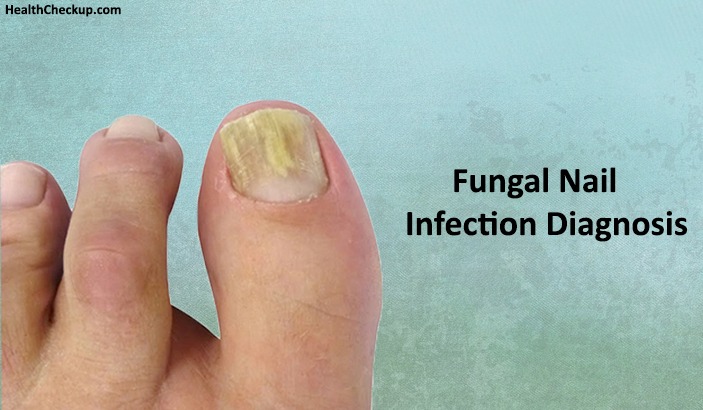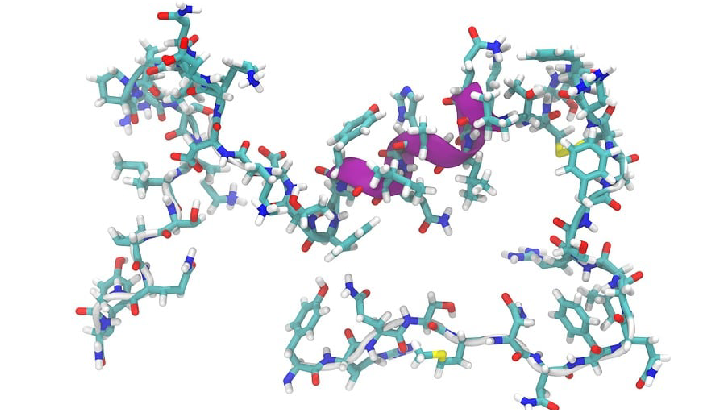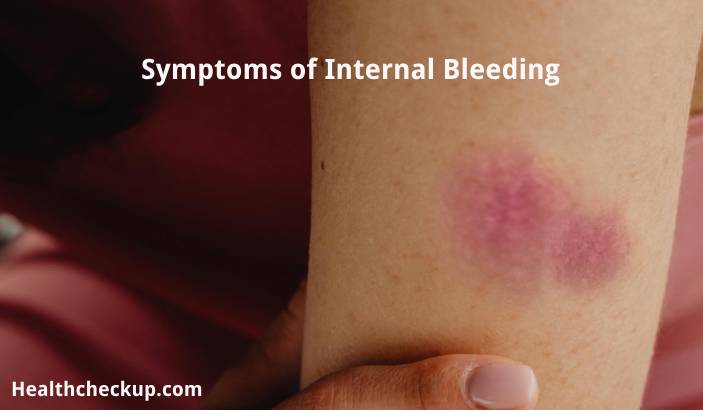Fungi are present in the body and on it too, along with several bacteria. When fungus overgrows, you get an infection. You can have a fungal nail infection in the fingernails or toenails in humid environments. Usually, the same fungi causing athlete’s foot or ringworm causes fungal nail infections.
How do you get the infection? Fungus already present in your body can lead to nail infections. Else, if you have come in contact with someone with fungal nail infection, you can contract it from him or her. They are believed to be more common in the toenails rather than fingernails because the toes are usually tied up in shoes in a warm and humid environment.
Fungal Nail Infection Tests: To find out the cause of a problem with your nails and diagnose a fungal nail infection, here’s what your doctor will do:
-
He will ask for your medical history, including any earlier symptoms of fungal nail infections or nail damage.
-
He will check your Skin and Nails on your hands and feet.
-
He will take a sample of your nails or skin from below the infected nail. If a sample of debris cannot be taken, your doctor may take a nail sample by scraping the nail very lightly near the infection site. Alternatively, use a small blade to shave off a small nail piece.
Tests for Examining Nail and Debris Samples Include:
-
KOH (potassium hydroxide) preparation. Through this test, your doctor will be able to determine whether fungi is caused due to the skin condition or nail. The doctor can perform this test in his office or in a clinic.
-
A fungal culture. From this, the doctor can tell which type of fungus lies below your nails. Typically, fungi grow slowly, so it could be many weeks for a fungal culture to produce results.
Usually, all fungal toenail infections are caused due to a fungus better known as a dermatophyte. Due to this, if the KOH test proves the presence of a fungus, your doctor might well assume that the infection is due to a dermatophyte and prescribe appropriate treatment. However, since one medicine may work more effectively than any other on some types of fungus, your doctor may choose to do a fungal culture.
For this, your doctor may cut a small piece of nail and check it under a microscope, also called a Nail Biopsy. This is in cases when neither the KOH preparation nor the fungal culture shows the presence of fungi, despite which a fungal infection is suspected.
Nail or debris samples are put in a substance that stimulates fungal growth to check if fungi are present. By looking under a microscope, the type of fungus is identified and the pattern, colour and shape of the cells are identified. The colour of the cells stained with special dyes also prove the presence of fungal growth.
Why a Fungal Culture Test is Done:
Through a fungal culture, the presence of fungal nail infection is confirmed. In fact, it can also prove the kind of fungus present. Doctors do a fungal culture when a diagnosis is not clear or when treating a fungal infection has been unsuccessful. If rare fungi are identified, your doctor can treat the infection with appropriate medicine.
Results
If Normal:
If results prove normal, it means there isn’t any fungal growth. However, the test may be repeated with more samples taken from other parts of the infected nail. This is due to the fact that there could no longer be any fungi in the neighbourhood of the infected area where the doctor can easily scrape for a sample.
If Abnormal:
If results prove abnormal, it means that there is fungal growth. From this, lab tests can prove the kind of fungus present. Depending on the fungus present, the doctor will decide the treatment.
Fungal Nail Infection Treatments:
By treating fungal nail infections, you can prevent any further damage to the nail or even losing it. This will automatically reduce the discomfort and pain an individual experiences, besides improving the appearance of the nail. Overall, fungal nail infections are difficult to treat and can recur even after successful treatment.
And, since nails grow slowly, it could be a year when a healthy nail comes back to normal, despite successful treatment. To check if the fungal infection has been successfully treated, your doctor may make a small scratch on the newly-growing nails. As the nail grows, your doctor will monitor the appearance of the new nail that grows behind the scratch. If the nail behind the scratch looks normal, the infection can be considered to be fully treated. Therefore, no further treatment will be necessary and the abnormal nail that lies in front of the scratch will just have to grow out.
Medically Reviewed By

Maanasi specializes in health topics including diet and nutrition. A mother of an untiring seven year old, she enjoys nurturing her love affair with English. She is often found nestled with a book, plopped against a dozen pillows, smiling away at the brink of finishing yet another book of the many dozens, that adorn the shelves of her Mini Library!









